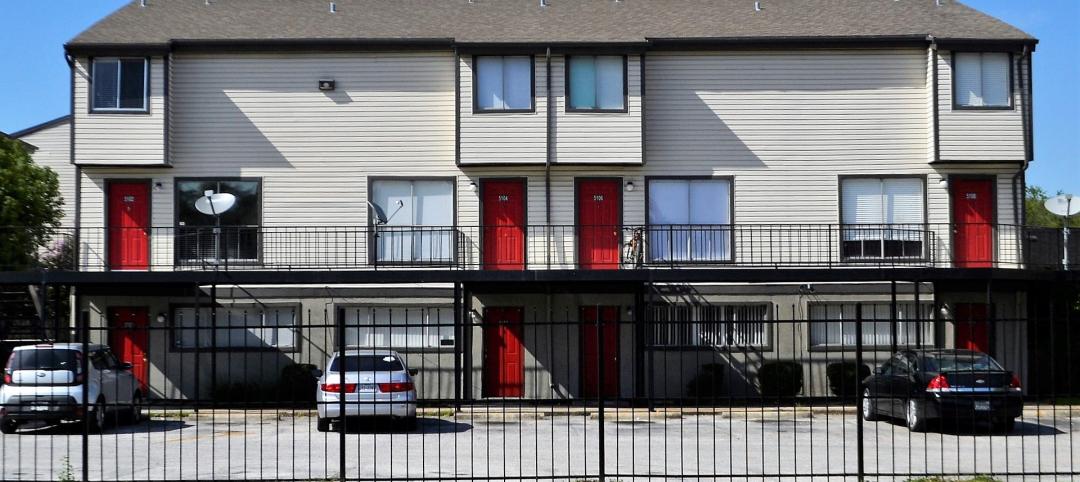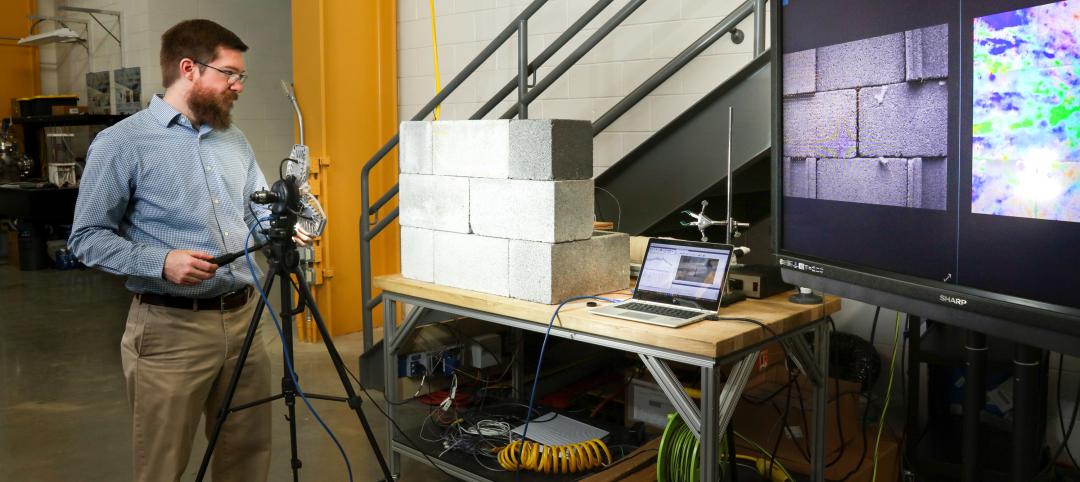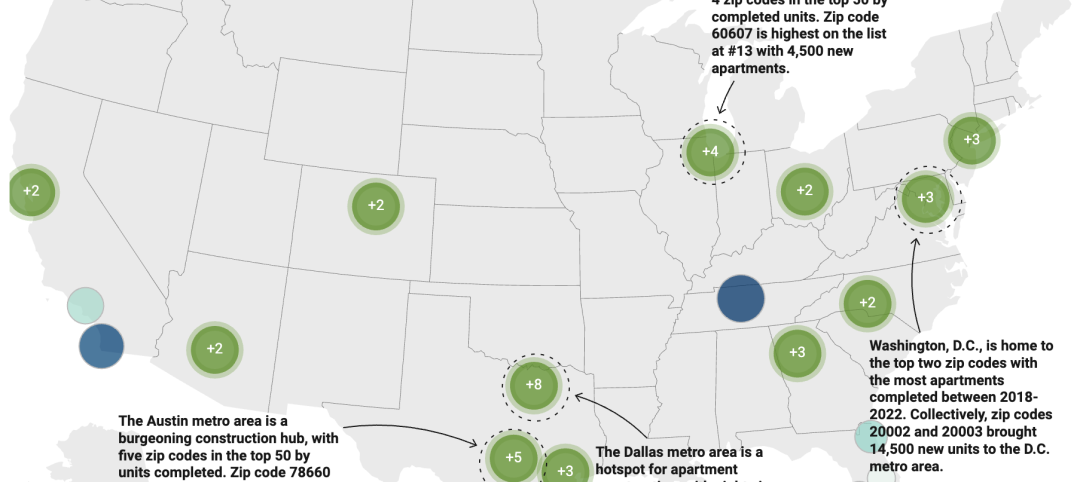Two organizations focused on leadership in the built environment are now working in unison to explore ways public-private partnerships (P3) can be used to achieve high-performance buildings. The National Institute of Building Sciences (NIBS) and the Royal Institution of Chartered Surveyors (RICS) are bringing together international experts on the utilization of P3 to address current government challenges and advance the achievement of a high-performance building stock.
Building owners and policy makers are becoming increasingly interested in the performance of buildings. Whether driven by sustainability, resilience concerns or the desire to protect the investments of taxpayer dollars, government agencies are under increasing pressure to achieve performance-based requirements. These pressures are coming at a time when budgets for new facilities, major capital improvements and long-term maintenance are contracting. Utilizing P3s may help governments overcome challenges related to project financing while driving achievement of performance requirements.
Despite their potential benefits, P3s have not been widely used for building projects in the United States. However, many governments, including Canada, Australia and members of the European Union, have found success in utilizing the approach for facilities such as schools, hospitals and prisons.
“Public-private partnerships can be a great tool for government agencies to improve energy efficiency, resilience and other high-performance building attributes, while reducing the cost of implementation,” said NIBS President Henry L. Green, Hon. AIA. "With the Institute's focus on achieving high-performance buildings and expertise in whole building design, and RICS's expertise in project finance and access to international best practices, we hope to lead the way towards greater use of P3s."
Despite their potential benefits, P3s have not been widely used for building projects in the United States. However, many governments, including Canada, Australia and members of the European Union, have found success in utilizing the approach for facilities such as schools, hospitals and prisons. And some P3 experts and organizations in the field think it’s about time to expand application of the concept to buildings in the U.S.
“The idea of applying the P3 concept more to buildings, and especially building performance, is a potentially promising new avenue in the U.S. for this powerful and creative partnership model,” said Americas Managing Director for RICS Neil Shah. “We are enthusiastic about collaborating on this initiative with NIBS, and combining our extensive resources to see how private industry can help public agencies to maximize energy efficiency and save taxpayer dollars. And we look forward to having more to say on this important subject at next year’s RICS Summit of the Americas.”
Shifting to a greater focus on building performance across the facility life-cycle is a more cost-effective and efficient way to achieve high-performance buildings. At the beginning of the P3 process, the government agency occupying the building identifies the required performance and terms of the project. With the performance requirements defined early, the private partner can then work across the design, construction and operations phases of the project to identify the most cost-effective strategy to assure such requirements are met.
International authority on housing, real estate and infrastructure Sandy Apgar, FRICS, CRE, FIoD, FRSA explained, “P3s enable public authorities and private firms to solve complex building problems that neither could accomplish by working alone. The larger and more complex the project, the more likely it is that a P3 vehicle can leverage government and business resources, and save time and cost over conventional single sector structures.”
Such an approach also encourages the use of emerging best practices (including integrative design processes), adequate training of operations personnel and the sharing of building information.
“Government laboratories have unique research equipment and skills that few businesses can match. And military housing P3s have pioneered award-winning, energy-efficient, environmentally responsible buildings and neighborhoods, through novel site layouts, ‘green’ construction materials, and numerous other technical and operational innovations,” Apgar continued. “On the other hand, businesses have organizational know-how, management systems, and pro-active cultures that are challenging for public agencies to adopt, and could help government agencies integrate and make the most of these private-sector innovations.”
NIBS and RICS are set to begin work on the P3 project this summer and are looking for input from industry experts. The two organizations plan to issue a report on the topic in April 2016 at the RICS Summit of the Americas in Washington, D.C.
Experts interested in participating in this effort can contact Ryan Colker at NIBS [rcolker@nibs.org] or Thomas Pienaar at RICS [tpienaar@rics.org] to learn how get involved.
Related Stories
MFPRO+ News | Nov 21, 2023
California building electrification laws could prompt more evictions and rent increases
California laws requiring apartment owners to ditch appliances that use fossil fuels could prompt more evictions and rent increases in the state, according to a report from the nonprofit Strategic Actions for a Just Economy. The law could spur more evictions if landlords undertake major renovations to comply with the electrification rule.
Codes and Standards | Nov 21, 2023
Austin becomes largest U.S. city to waive minimum parking requirements
Austin, Texas recently became the largest city in the United States to stop requiring new developments to set a minimum amount of parking. The Austin City Council voted 8-2 earlier this month to eliminate parking requirements in an effort to fight climate change and spur more housing construction as Texas’s capitol grapples with a housing affordability crisis.
Codes and Standards | Nov 10, 2023
Washington state building codes to protect structures from wildfire provoke controversy
New building codes in Washington state intended to protect structures from wildfires are provoking backlash from builders, cities, and environmentalists. Critics charge that the rules that are scheduled to take effect March 15 are confusing, will increase housing costs, and could cause too many trees to be cut down.
Sustainability | Nov 1, 2023
Researchers create building air leakage detection system using a camera in real time
Researchers at the U.S. Department of Energy’s Oak Ridge National Laboratory have developed a system that uses a camera to detect air leakage from buildings in real time.
MFPRO+ News | Nov 1, 2023
Washington, D.C., Queens, N.Y., lead nation in number of new apartments by zip code
A study of new apartment construction by zip code showed Washington D.C., and the Queens borough of New York City are the hottest multifamily markets since 2018, according to RentCafe.
Adaptive Reuse | Nov 1, 2023
Biden Administration reveals plan to spur more office-to-residential conversions
The Biden Administration recently announced plans to encourage more office buildings to be converted to residential use. The plan includes using federal money to lend to developers for conversion projects and selling government property that is suitable for conversions.
Sustainability | Nov 1, 2023
Tool identifies financial incentives for decarbonizing heavy industry, transportation projects
Rocky Mountain Institute (RMI) has released a tool to identify financial incentives to help developers, industrial companies, and investors find financial incentives for heavy industry and transport projects.
Mass Timber | Oct 27, 2023
Five winners selected for $2 million Mass Timber Competition
Five winners were selected to share a $2 million prize in the 2023 Mass Timber Competition: Building to Net-Zero Carbon. The competition was co-sponsored by the Softwood Lumber Board and USDA Forest Service (USDA) with the intent “to demonstrate mass timber’s applications in architectural design and highlight its significant role in reducing the carbon footprint of the built environment.”
Resiliency | Oct 19, 2023
Jacksonville unveils 50-year strategy for resiliency to flooding, extreme heat, wildfires
The City of Jacksonville, Fla., recently released plans for Resilient Jacksonville, a 50-year resiliency strategy to reduce the risks from flooding, hurricanes, excessive heat, and wildfires, and to respond better to those events. The plan includes ways to stop the St. Johns River from flooding vulnerable neighborhoods, including those prone to flooding during heavy rain or hurricanes.
Building Materials | Oct 19, 2023
New white papers offer best choices in drywall, flooring, and insulation for embodied carbon and health impacts
“Embodied Carbon and Material Health in Insulation” and “Embodied Carbon and Material Health in Gypsum Drywall and Flooring,” by architecture and design firm Perkins&Will in partnership with the Healthy Building Network, advise on how to select the best low-carbon products with the least impact on human health.

















